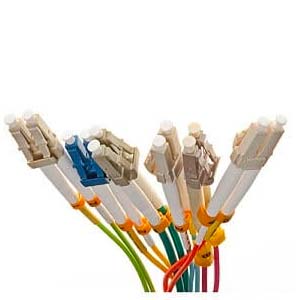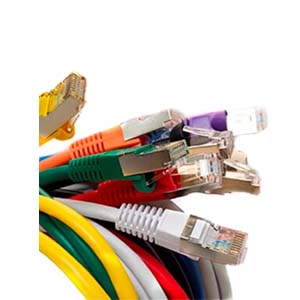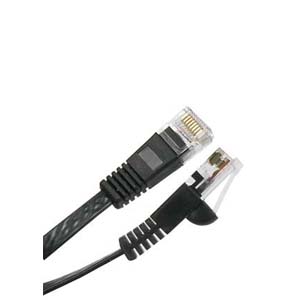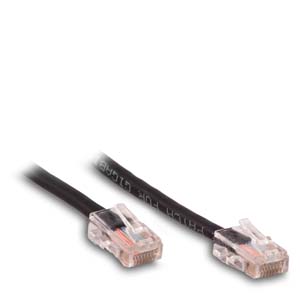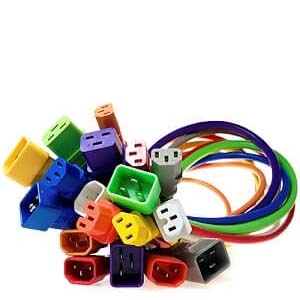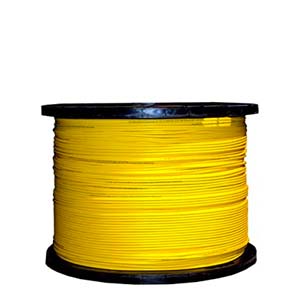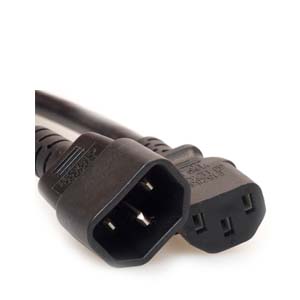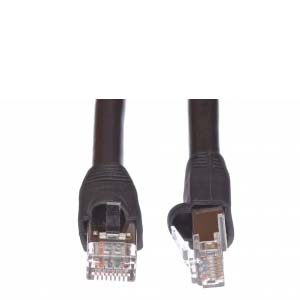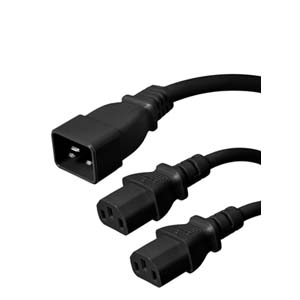Cables Blog
How Do Fiber Optic Cables Bend Light?
Fiber optic cables quickly send signals across long distances in the form of light. Each cable is made up of thin strands of glass called "fiber optics," pieces of glass that send signals using light. Fiber optic cables are useful because they use light, rather than electricity, meaning that other electronic devices in the area will not cause them interference.
by Vikas Dayal • July 07, 2017
Fiber optic cables quickly send signals across long distances in the form of light. Each cable is made up of thin strands of glass called "fiber optics," pieces of glass that send signals using light. Fiber optic cables are useful because they use light, rather than electricity, meaning that other electronic devices in the area will not cause them interference. Many large-scale scientific projects, like hardron particle colliders, use fiber optic cables to send signals quickly.
Light, as you probably know, travels in waves, spreading straight out in a cone from its point of origin. But how do you get light to bend around corners, running through the length of the fiber optic cable?
Bending Light with a Mirror
If you wanted to shine a light down a narrow hall, you could simply aim the light at the end of the hallway. The beam would spread out with distance, so you might need to adjust your focus, but you should have no problem hitting the end of the hallway.
But what if the hallway bends? How can you get the light around the corner? Simple: use a mirror to reflect the light.
Total Internal Reflection
Fiber optic cables uses a similar principle to send light signals. It's called “total internal reflection.” This means that no matter where you send the light signal in the fiber optic cable, the light will be reflected internally and contained within the tube. This ensures that fiber optic cables will have no problems bending as they send light across long distances.
Signal Loss and Wavelength
Fiber optic glass cannot be perfectly pure, which means that the signal will necessarily degrade over time. The rate of signal decay depends on two factors: the wavelength of the light and the purity of the fiber optic glass.
Wavelength Explained
Let's talk about what wavelength means. In physics, there are two different ways to talk about light: the light that we see and the light that we can measure mathematically. Light, as I mentioned, is waves, so physics measures light in terms of the length of these waves in nanometers. Our brain interprets these wavelengths as different colors.
Infrared
The wavelengths used for fiber optics are typically much longer than visible light. Typically the wavelengths range between 850 and 1550 nanometers. This invisible spectrum of “long” light is called infrared (the opposite end, the wavelengths too short for us to see, are called ultraviolet).
Attenuation and Scattering
When these infrared waves are transmitted across fiber optic cables, the glass (as I mentioned) slows down or weakens the transmission. This attenuation of the infrared light happens in two ways: absorption and scattering. Absorption occurs because of minute vapor particles trapped inside the fiber optic glass. Scattering, by contrast, happens when the infrared light bounces off atoms or molecules in the glass.
The length of infrared light reduces scattering and absorption, helping the signal stay clear.
Why Not Use Even Longer Light Waves?
You might be wondering: If the length of the waves reduces attenuation, why don't we use even longer wavelengths for fiber optics? What sets the maximum threshold for wavelengths?
If we used lower frequencies, there would be heat interference. All things have a temperature, which means that everything will give off some degree of heat. Some of this energy given off as heat takes the form of infrared light. If we made the wavelengths any lower, the temperature of surrounding objects would cause interference, resulting in signal loss.


